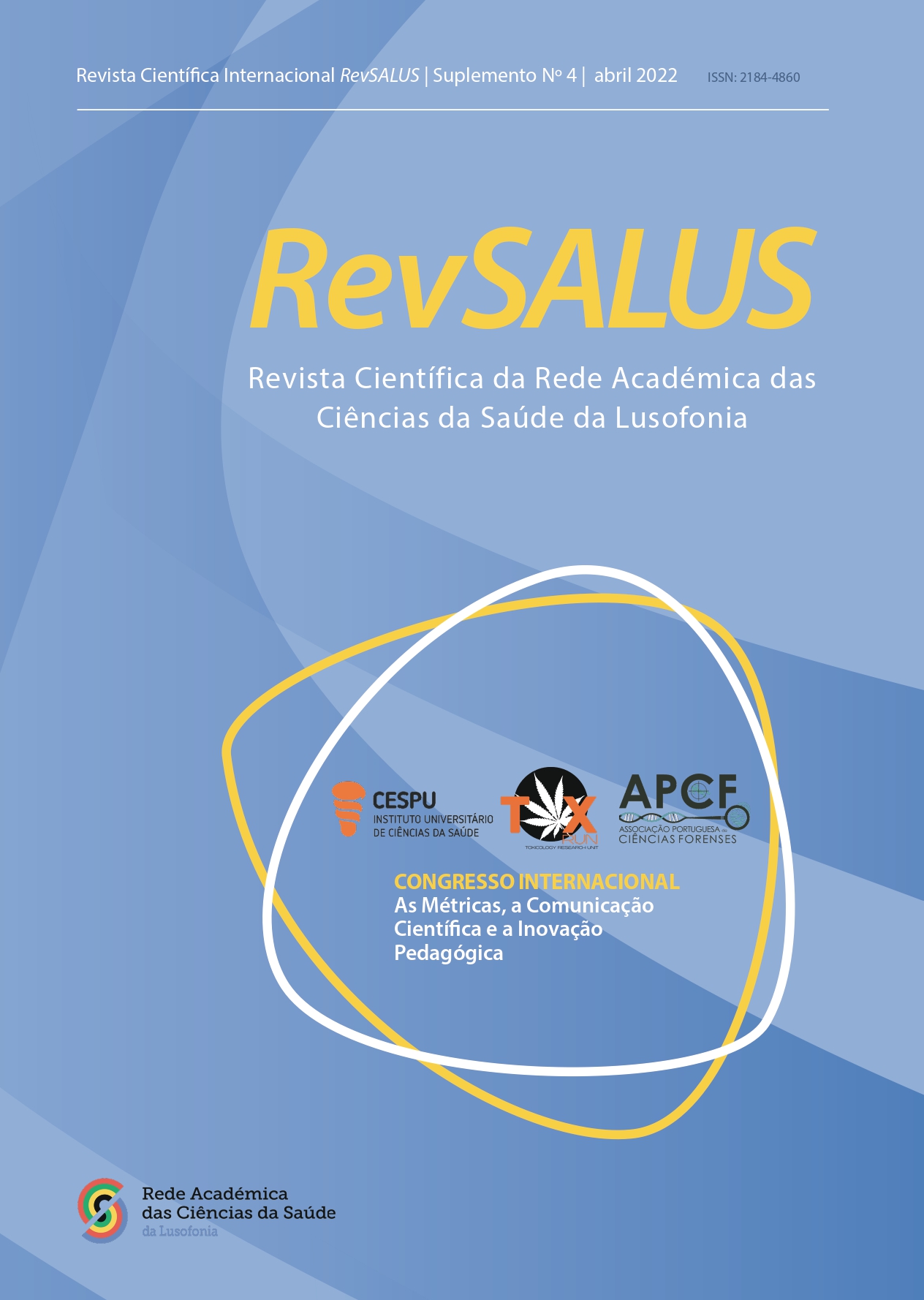Patterns of illegal wildlife trade
the scale of the problem
DOI:
https://doi.org/10.51126/revsalus.v4iSup.360Keywords:
wildlife crime, endangered species, fauna and flora trading, CITES, Convention on International Trade in Endangered Species of Wild Fauna and Flora, criminologyDownloads
Download data is not yet available.
Downloads
Published
2022-04-06
Conference Proceedings Volume
Section
Posters
License

This work is licensed under a Creative Commons Attribution-NonCommercial-NoDerivatives 4.0 International License.
You are free to:
Share — copy and redistribute the material in any medium or format;
Adapt — remix, transform, and build upon the material for any purpose, even commercially.
How to Cite
Patterns of illegal wildlife trade: the scale of the problem. (2022). RevSALUS - International Scientific Journal of the Academic Network of Health Sciences of Lusophone, 4(Sup), 129-130. https://doi.org/10.51126/revsalus.v4iSup.360









